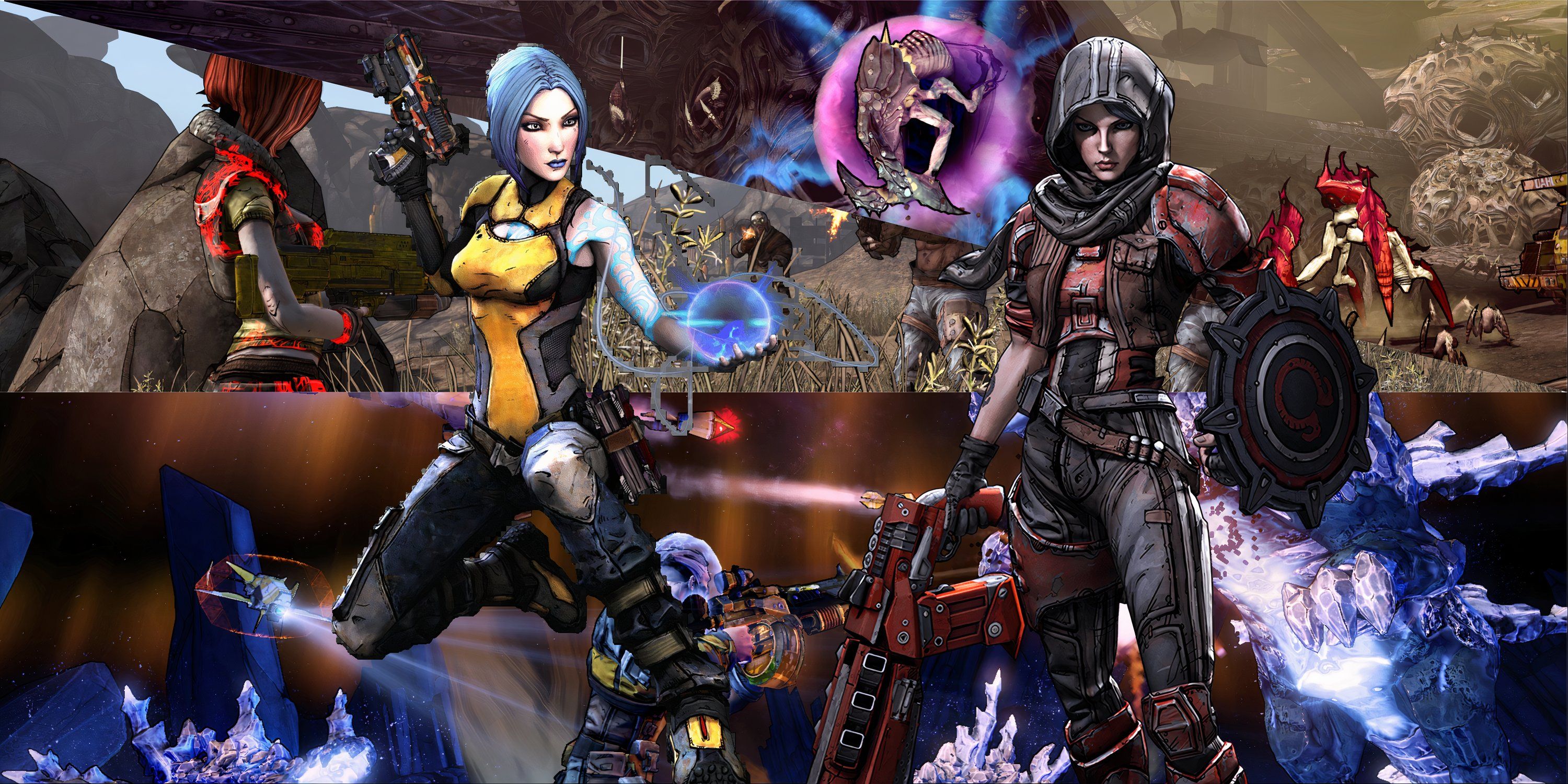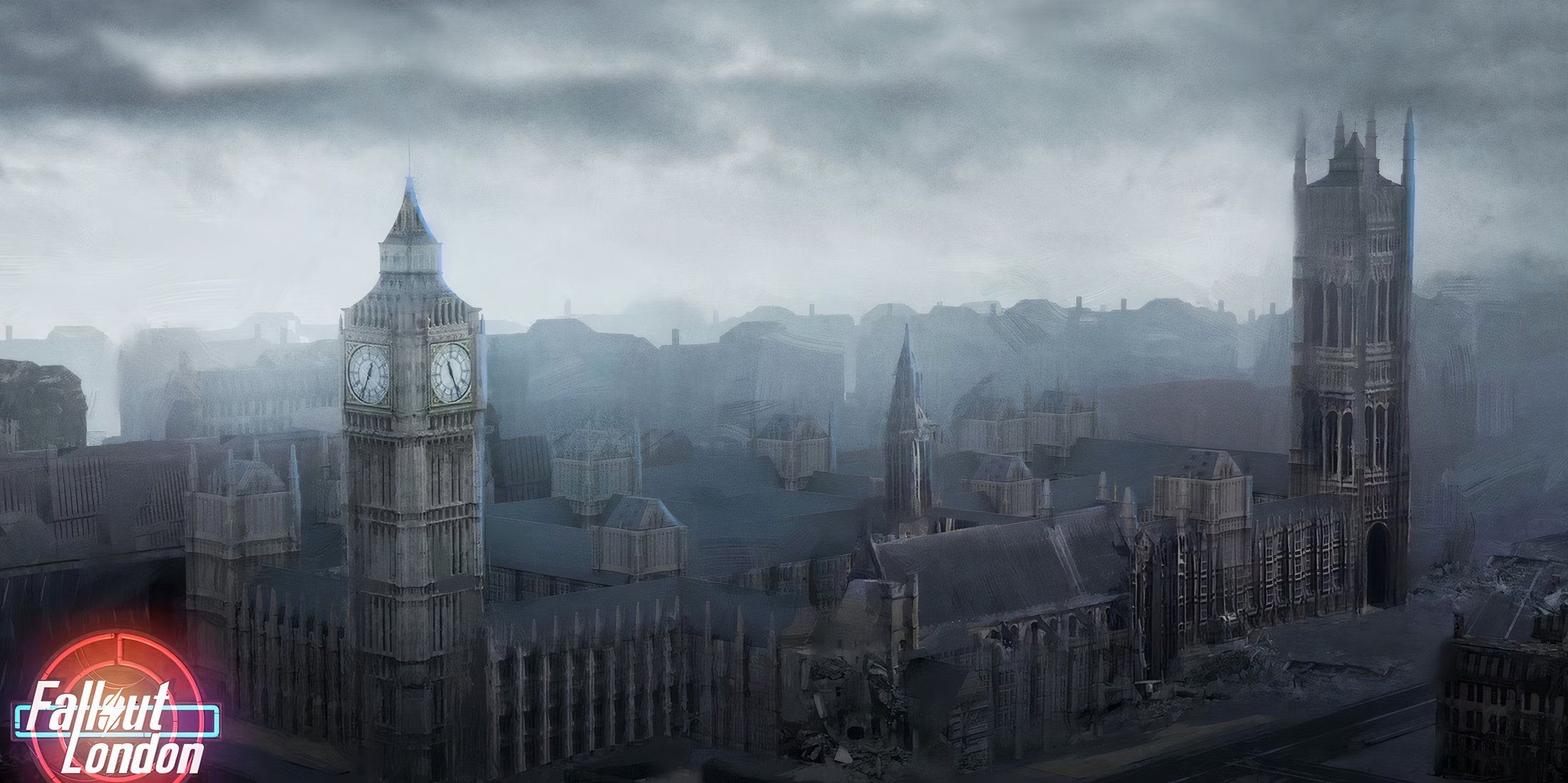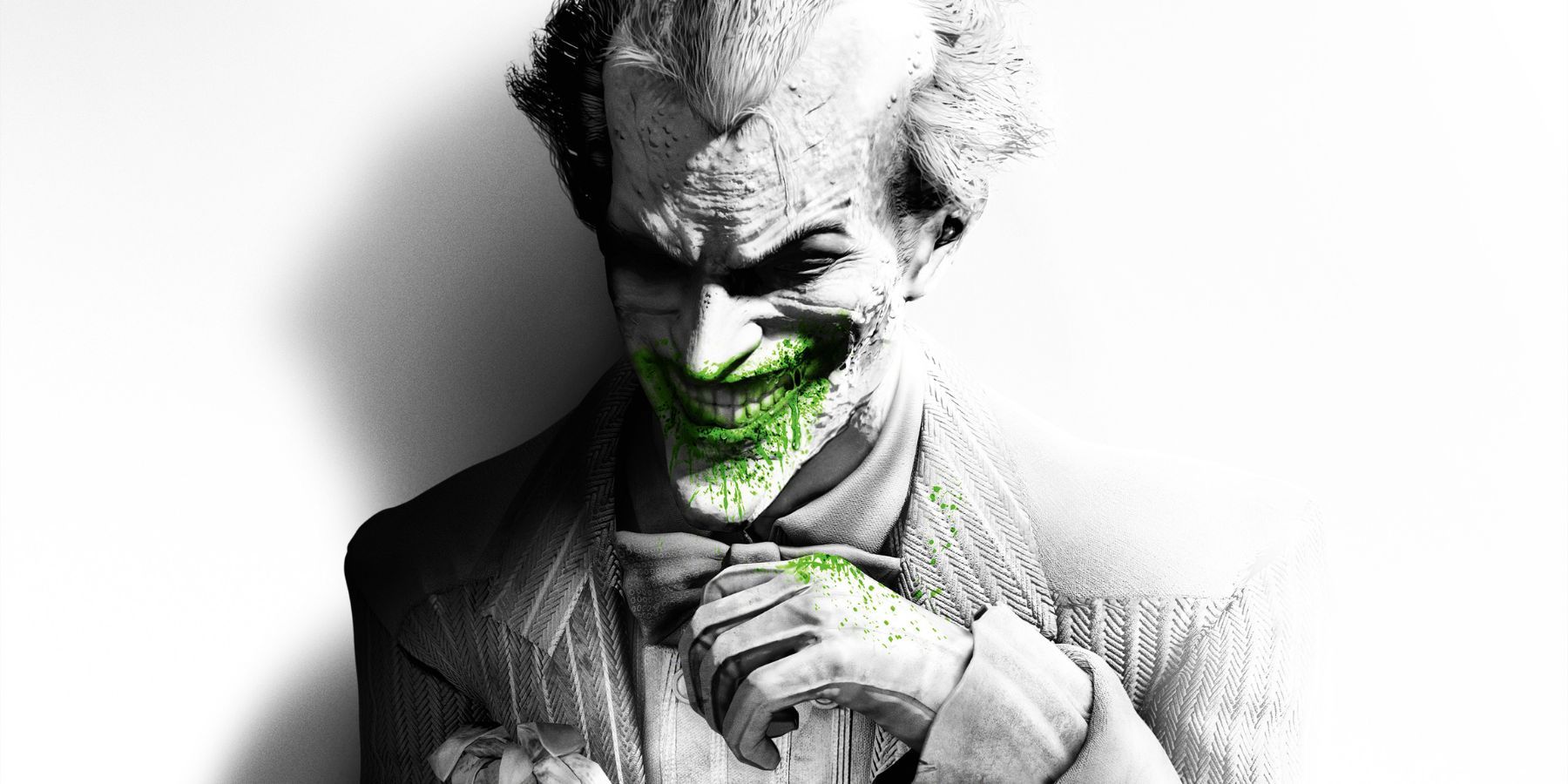Highlights
- The Arkham villains in the franchise have a significant impact and make a larger impression than Batman.
- Recurring villains like Mr. Freeze add depth to the franchise and contribute to the ongoing narrative.
- Joker plays a central role in the Arkham games, beginning and ending the story, and his absence in future installments will be felt.
It’s easy to remember Batman as the lead of the Arkham franchise simply due to the fact that he is the stoic protagonist players follow in its entirety. Other characters and even a few antagonists become playable in some way or another throughout the tetralogy, though, and Arkham villains arguably make a much larger stamp on the franchise than Batman ever does. If anything, Batman is the necessary vessel in which Gotham and Arkham’s hive of scum and villainy can be perceived, and the criminals he pursues are all the more fleshed out and dynamic as a result.
This is aided further by the franchise having recurring villains, with some being much more prominent than others. It’s fantastic to see Mr. Freeze’s whole journey in the Arkham franchise between his epic introduction in Arkham Origins’ Cold, Cold Heart DLC and his bittersweet conclusion in Arkham Knight’s In From the Cold DLC, for instance. The Arkham universe is still continuing with Suicide Squad: Kill the Justice League, too, but because Joker will no longer be around as the franchise’s perpetual antagonist it will be a massive turning point for several reasons, and his actual absence will surely be felt this time around.
The Arkham Games Chronicle Joker’s Story from Beginning to End
Arkham Asylum is a wonderful celebration of many villains Batman repeatedly puts behind bars and padded walls at the titular Gothic institution. Joker is obviously its mantelpiece, though, orchestrating the plot to mutate Blackgate inmates and allow them to run freely within the asylum’s grounds. Asylum is fascinating in many ways, but from its initial moments it makes its world-building incredibly rich by allowing its universe to feel like there is already a detailed history of Batman’s crime-fighting laid out before it.
Interactions with each villain show that Batman has not only encountered them before but also locked them up several times, and his relationship with Joker is no different. City then opens in a way where Professor Hugo Strange is established as its antagonist before Joker is almost instantly reprised, and while having Joker take a backseat might’ve given the franchise room to breathe without him there as a repeat Arkham villain, it ultimately paid off incredibly well with Joker’s surprising and legitimate death in City’s final moments.
Like City, Origins’ prequel story lets fans believe that Joker might not be around until he is inevitably revealed, but that actually cements Origins as a terrific origin for Joker, as well as his relationship with Batman. If Joker wasn’t part of Origins’ story the franchise would certainly belong to Batman alone; instead, Joker being the lead antagonist again demonstrated how vital he was to the franchise’s overarching narrative.
Plus, it was even more surprising to see him appear once again in Arkham Knight as a hallucination Batman witnesses, and players are able to finally shut away his memory and abandon him by the end of the game. If fans look at the tetralogy this way, the story begins and ends with Joker as much as with Batman, perhaps even more than Batman.
The franchise has always celebrated both characters and yet Joker undergoes a lot more development and even manages to haunt Batman from beyond the grave, meaning the narrative of the Arkham games has been firmly sown into Joker’s interpretation. Now that Suicide Squad: Kill the Justice League is moving on from Joker definitively, it might also be poised to let go of its Batman, and only time will tell if players actually get to kill off the beloved Caped Crusader who they previously played as in each Arkham game before it.





